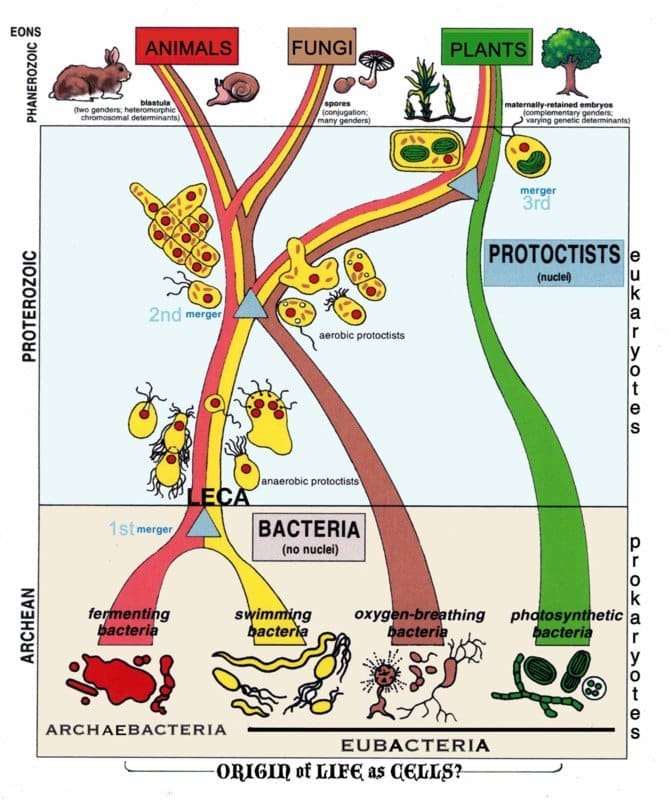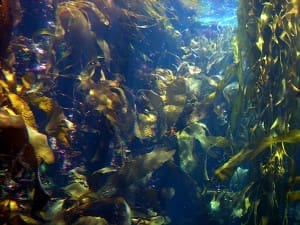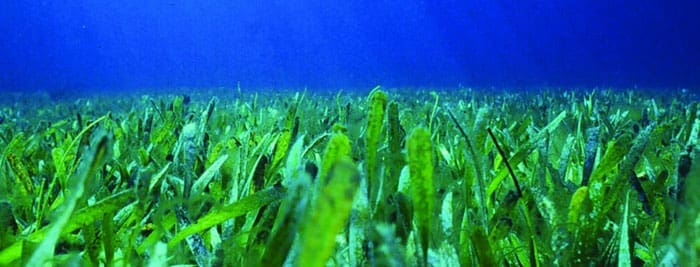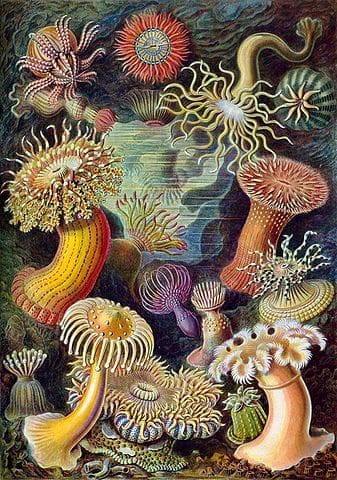The Power and Promise of Biodiversity
– Program –
Scroll down to program for videos and slideshows!
——————————
We are telling the story of biodiversity.
“Biodiversity, a contraction of ‘biological diversity,’ generally refers to the variety and variability of life on Earth. One of the most widely used definitions states it in terms of the variability within species, between species, and between ecosystems.” [Wikipedia]

Biodiversity: Who Needs It, Anyway? [hint: we all do!]
Everything on Planet Earth is connected to everything else. We humans, particularly we civilized ones, aren’t generally very good at seeing those connections. We don’t live with the natural world day in and day out, which makes it difficult to see how these complex relationships affect us. Furthermore, many such relationships play out over time scales far longer than a human lifespan so it can be difficult for us to understand what’s going on until serious damage has been done.
As one example, kelp are large seaweeds (communities of algae) that provide protection and food for many diverse species. Kelp forests protect shorelines from erosion, and may grow to the surface from up to 200 feet deep. Sea urchins are herbivores that love kelp, and often ravenously turn kelp forests into “urchin deserts.” Why?
It turns out that a key predator had disappeared: the sea otter. Human hunters prized sea otters for their fur, and beginning in the 1740s they were hunted almost to extinction. Now that their protected populations have largely recovered they have feasted on the sea urchins and kept them in check. The kelp forests and the rich biodiversity they protect are once again  feeding the web of ocean life.
feeding the web of ocean life.
We didn’t know this in 1740, and we figured it out in time – but how many things don’t we know today, in a far more human-dominated world, that we haven’t figured out? Will we figure out how to deal with cataclysms such as global warming before it’s too late? That’s what we’re trying to do now, and we are making progress.
We’ll have many examples of trophic cascades such as the kelp-urchin-otter web, and we’ll explore how biodiversity works to bring resilience and health to ecosystems devastated by human co-optation of habitats worldwide. The good news is that we know how to restore biodiversity in a multitude of ecosystems and such work is under way.
You’ll hear a good deal about all of this and more during our fascinating day exploring the nature of life on earth.
9:00 What Is Biodiversity Worth in our High-Tech World?
Adam Sacks, Biodiversity for a Livable Climate
Our culture, with its myth of human dominance over nature, often blinds us to the power and depth of the biological systems which make our very existence possible. We ask what our place is in nature’s complex systems as we find ourselves in the clutch of an accelerating climate crisis. Today we search for answers from the wellspring of biodiversity to ensure the continued survival of many species, including homo sapiens.
Part 1: The Waters
9:20 Diversity of Life: The Oceans and the Gulf of Maine
Jim Laurie, Biodiversity for a Livable Climate, introduces the home-school Symbiosis Team:
Annie Selle, Hayden Latimer-Ireland, Jamila dePeiza-Kern, Lynus Erickson
Most of nature’s diversity of life forms originated in the ocean. Studying the food webs at Cashes Ledge and Stellwagen Bank give us clues on how to bring back the huge schools of fish that once passed Cape Cod and Gloucester every spring – and helped to feed New England. Several home-school students will share their insights about this amazing ecosystem.
9:40 Seagrass Ecology and Conservation
Alyssa Novak, Boston University
Alyssa Novak will introduce us to seagrasses, their role in coastal environments, threats to their survival, and efforts to monitor and restore these vital ecosystems.

10:00 Biomimicry, Biodiversity and Restoring Urban Coastal Habitat
Peter Lawrence, Biomimicry New England
Biomimicry is sustainable innovation inspired by nature. Restoration of habitats and ecosystems can not only mitigate the effects of climate change, but also preserve the largely untaped library of solutions and opportunities to change the harmful way we make and do things. The Green Harbors Project and Biomimicry Living Labs are working with local communities to bring back ecological functions in our degraded coves and channels in Boston, Wellfleet, Orleans, Cohasset and Gloucester.
10:20 Atlantic Salmon, An Umbrella Species
Dwayne Shaw, Downeast Salmon Federation
The return of Atlantic salmon to several Maine river systems depends upon the health of alewives, smelts and numerous other species. Dwayne Shaw will describe the innovative methods the Downeast Salmon Federation is using to rebuild the many parts of this broad ecosystem, enlisting the help of anglers and other community members in citizen science.
10:40 Q&A for Peter Lawrence, Alyssa Novak, and homeschoolers Annie, Hayden and Lynus
Part 2: Partners in Restoration
11:20 Remarkable History of a Watershed and Green Infrastructure to Restore It
Elisabeth Cianciola, Charles River Watershed Association
Knowing the environmental history of an ecosystem is essential in understanding how to restore it. With this knowledge, the Charles River Watershed Association partners with municipalities and organizations to regenerate natural hydrology and manage urban stormwater as a resource – not a waste to be drained away – producing benefits to soil, biodiversity and climate.
11:40 Bringing Biodiverse Habitats Back to Life: State Government as Partner
Beth Lambert, Division of Ecological Restoration (DER), Mass. Dept. of Fish and Game
There is on-the-ground work taking place across Massachusetts to restore the rivers, wetlands, and salt marshes of the Commonwealth in cooperation with many federal, state, and local organizations. To restore the ecological integrity of aquatic habitats for the benefit of biodiversity and people, DER manages projects such as dam removal and culvert replacement to bring long-term benefits for aquatic ecosystems. Beth will discuss DER’s habitat restoration work through the lens of climate change and biodiversity.
12:00 Q&A with Dwayne Shaw, Elisabeth Cianciola and Beth Lambert
Part 3: The Land
1:20 How Biodiversity Wriggled and Crawled Out of the Ocean and Conquered the Land
Jim Laurie, Biodiversity for a Livable Climate
About 400 million years ago countless life forms left the sea and evolved to create the great forests, grasslands, and wetlands of our present world. They did this by capturing and slowing the flow of precious rainwater back to the oceans, creating a process we call the small water cycle. Many human civilizations have broken nature’s small water cycle, with catastrophic consequences. Now we have to help nature rehydrate the continents to restore a safer, cooler world. Jim Laurie tells us that story.
1:40 Keeping Alive the Magic of a Guatemalan Cloud Forest
Philip Tanimoto, The Cloud Forest Conservation Initiative
In contrast with New England, the cloud forests of Guatemala illustrate the sensitive ecology of the tropics. Philip will discuss the remarkable hydrological features and species diversity of a habitat so remote it’s not even on modern maps, and explain the economic and social challenges of restoring sustainable agriculture on deforested land while conserving undisturbed upland forests.
2:10 The Tradition and Potential of New England Grassland Agriculture
John Carroll, University of New Hampshire
Today New England is almost entirely dependent on food from beyond its borders. John Carroll will outline the special characteristics that make New England well suited to achieve regional food self-sufficiency with grass-based farming and related agricultural economies.
2:30 Water, Soil, Health and Climate: Connecting the Dots
Didi Pershouse, The Center for Sustainable Medicine
What are the connections between soil health, public health, biodiversity, and climate resiliency? Author and soil activist Didi Pershouse will explain how the biodiverse microbiome of the soil provides unrecognized ecosystem benefits that are essential to our survival, and how this is similar to the role that gut bacteria play in our personal health and emotional stability.
2:50 Regenerative Grazing: Soil, Health, Climate and the Rural Economy
Ridge Shinn, Big Picture Beef
Regenerative methods of grazing and pasture management can meet the demand from the densely populated Northeast for healthy meat that is grown in the region, and can provide a business model that is a win-win alternative to industrial meat production. All the while improving the health and productivity of soils across the region.
3:10 Q&A for Ridge Shinn, Didi Pershouse, John Carroll and Phil Tanimoto: Video
Part 4: Biodiversity Is Us
3:50 Bringing Biodiversity to Our Own Backyards
Sharon McGregor, Restoration Ecologist
Sharon McGregor has participated in rewilding her own suburban backyard, turning a former golf course into a biodiverse beaver habitat. She will share that experience and describe how she has worked in State government to place a top priority on biodiversity in public policy.
4:10 The Mannahatta Project
Eric Sanderson, The Wildlife Conservation Society
Through the methods of historical landscape ecology, this project has reconstructed the richly biodiverse 17th century ecology of Manhattan Island. The goal of the project is to bring urban dwellers closer to nature through an experience of the heart.
Q&A: Sharon McGregor and Eric Sanderson
5:00 Close

